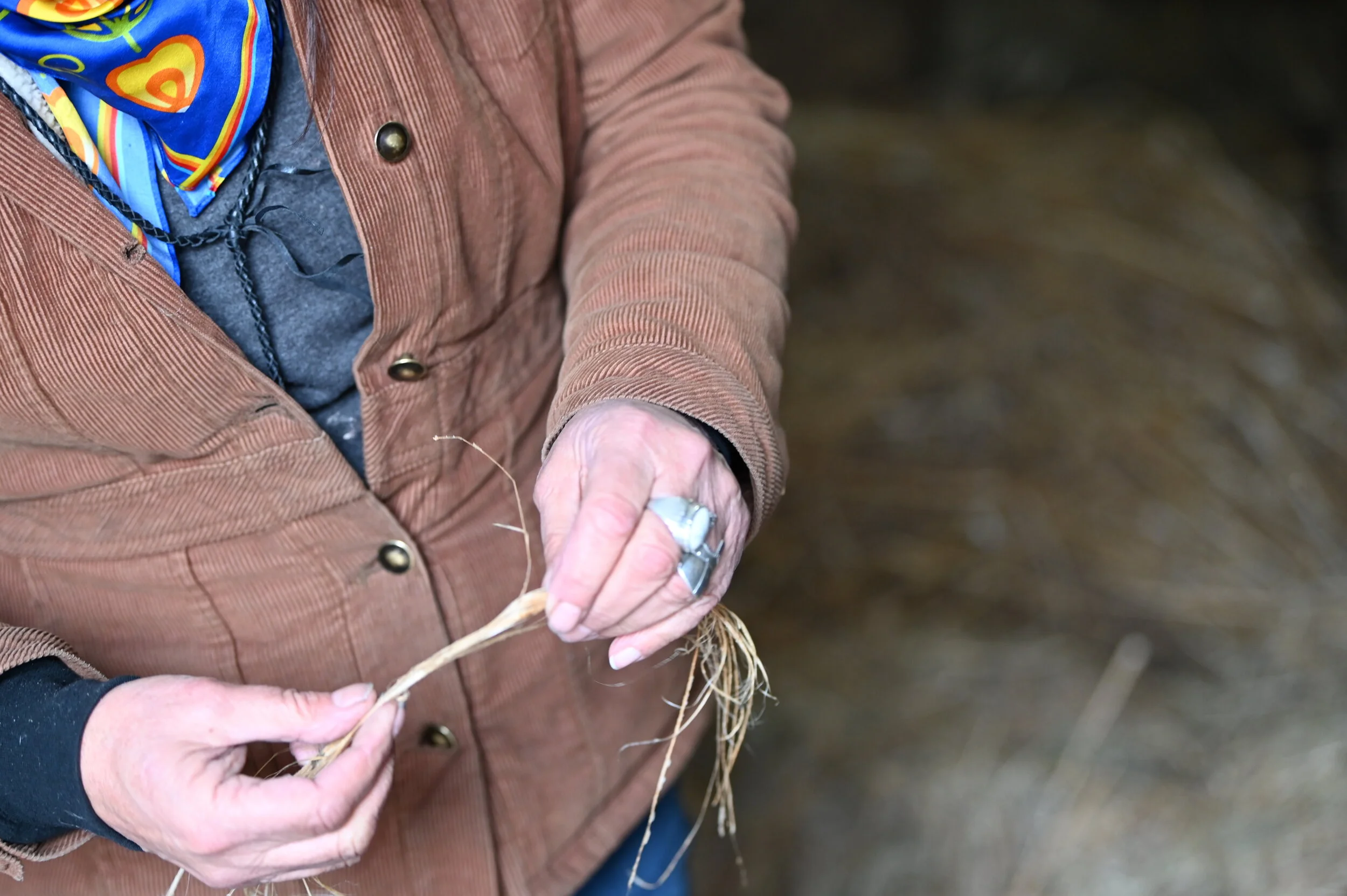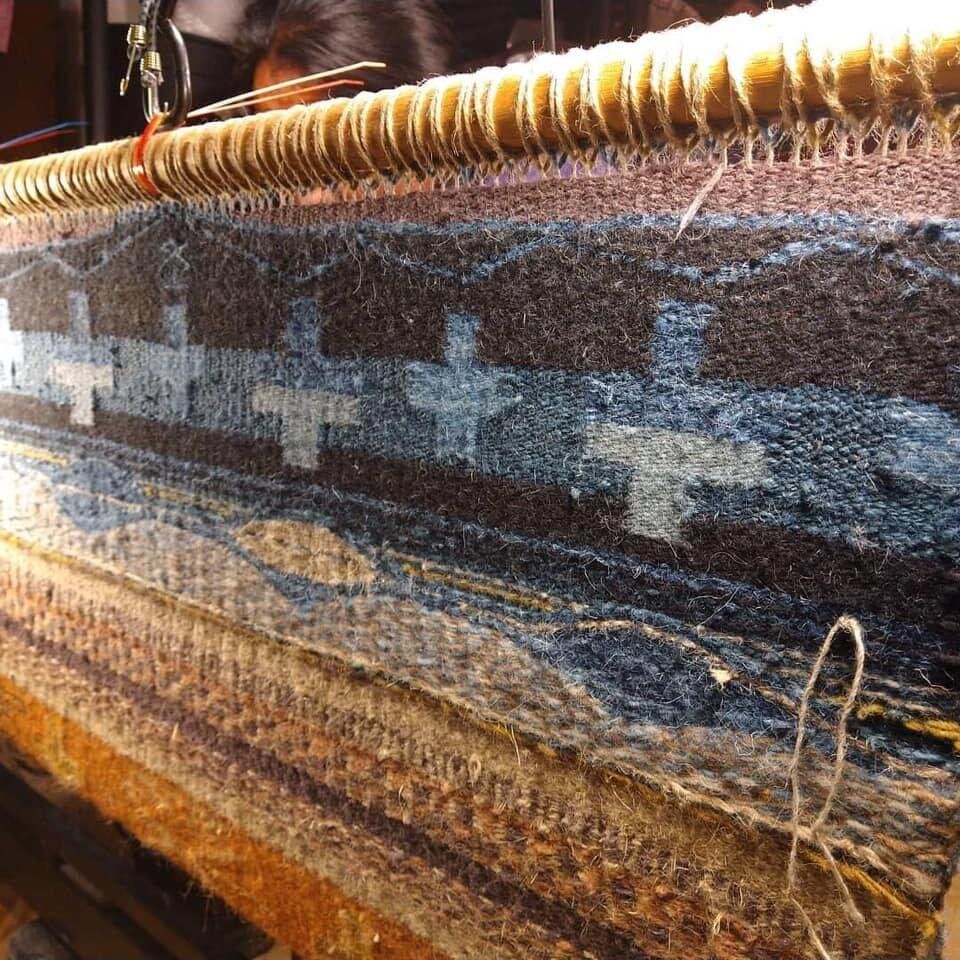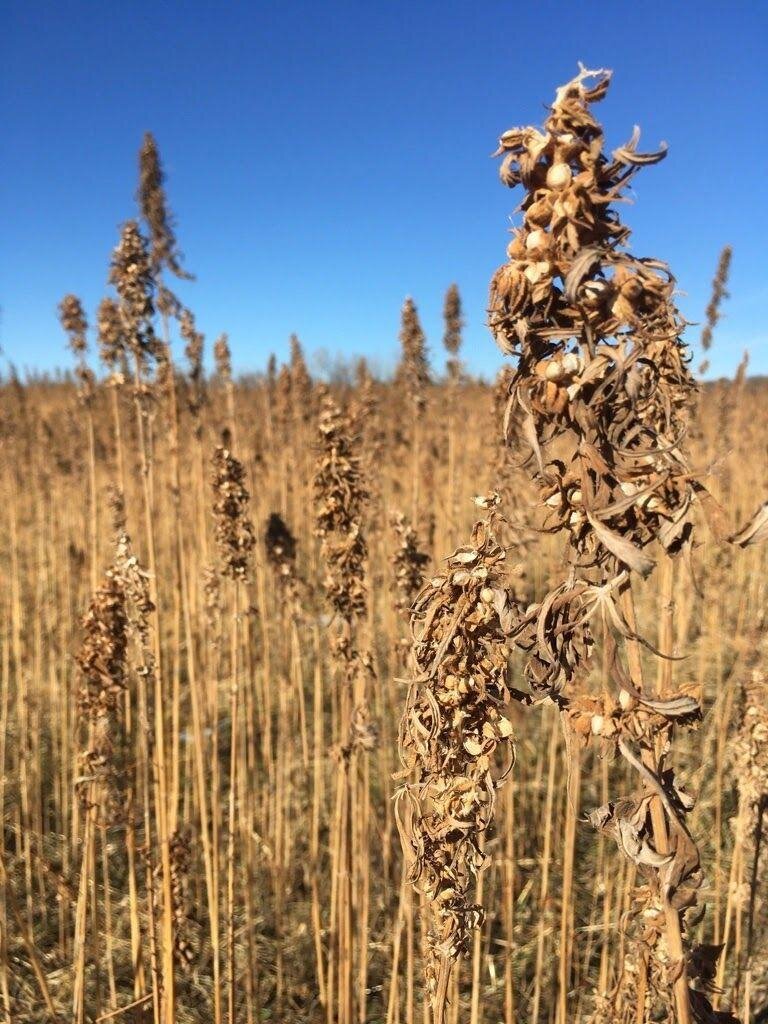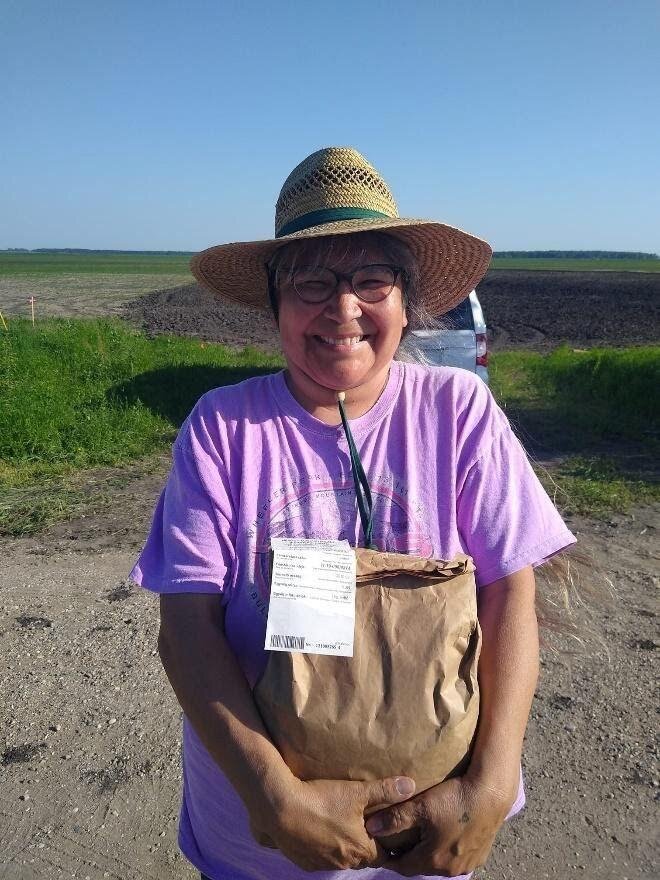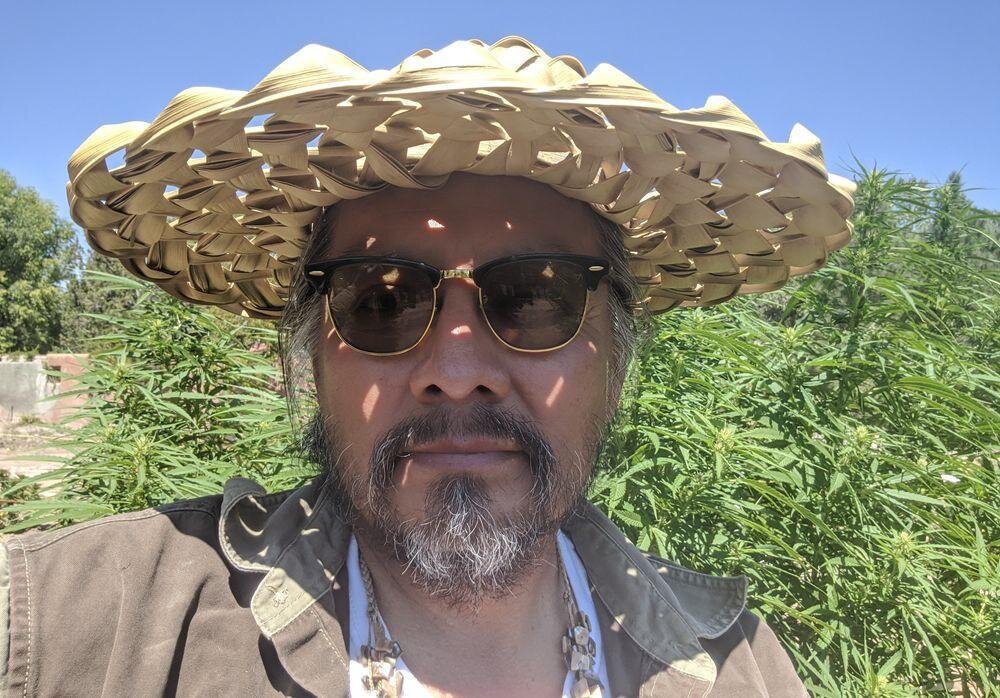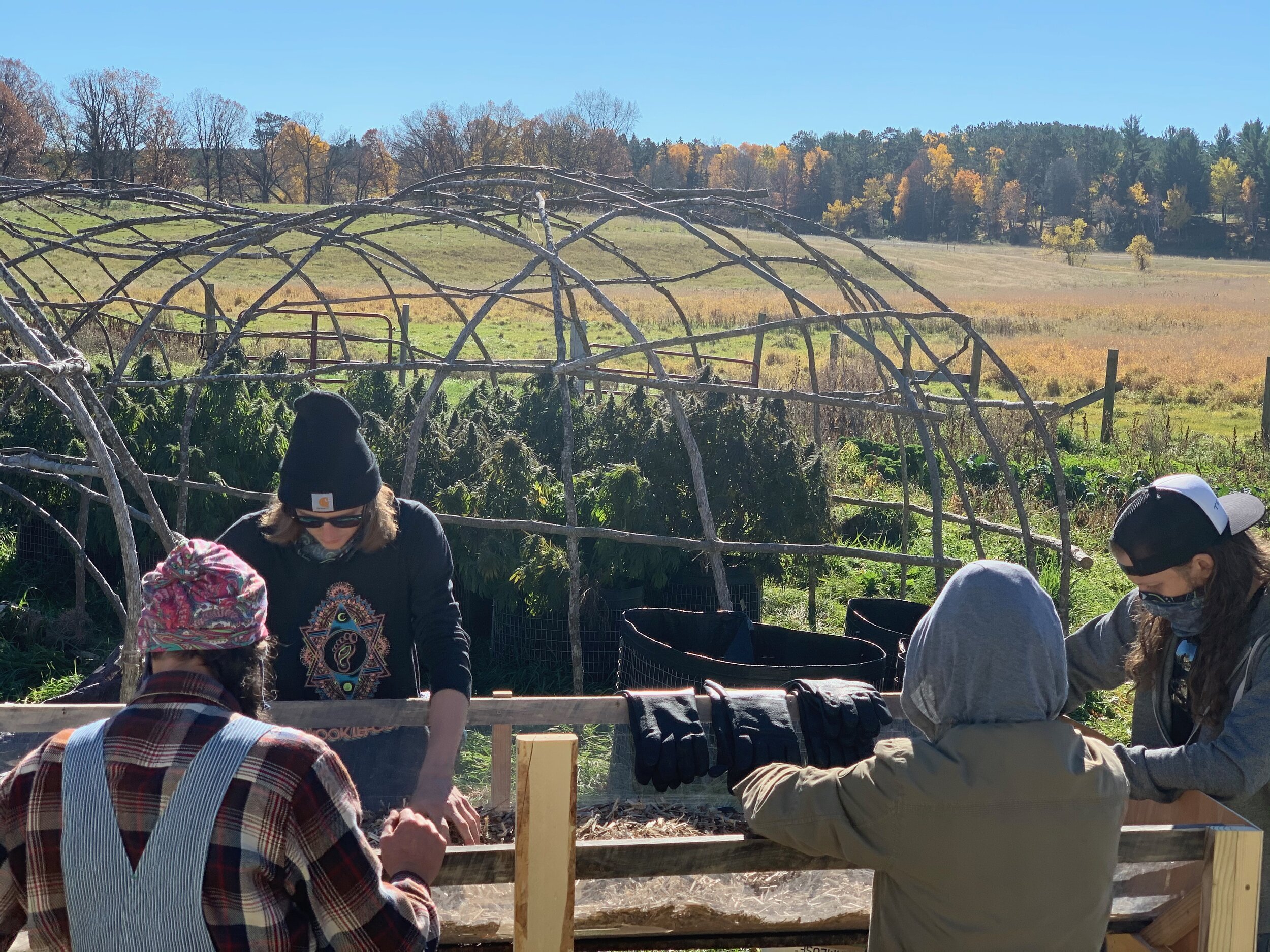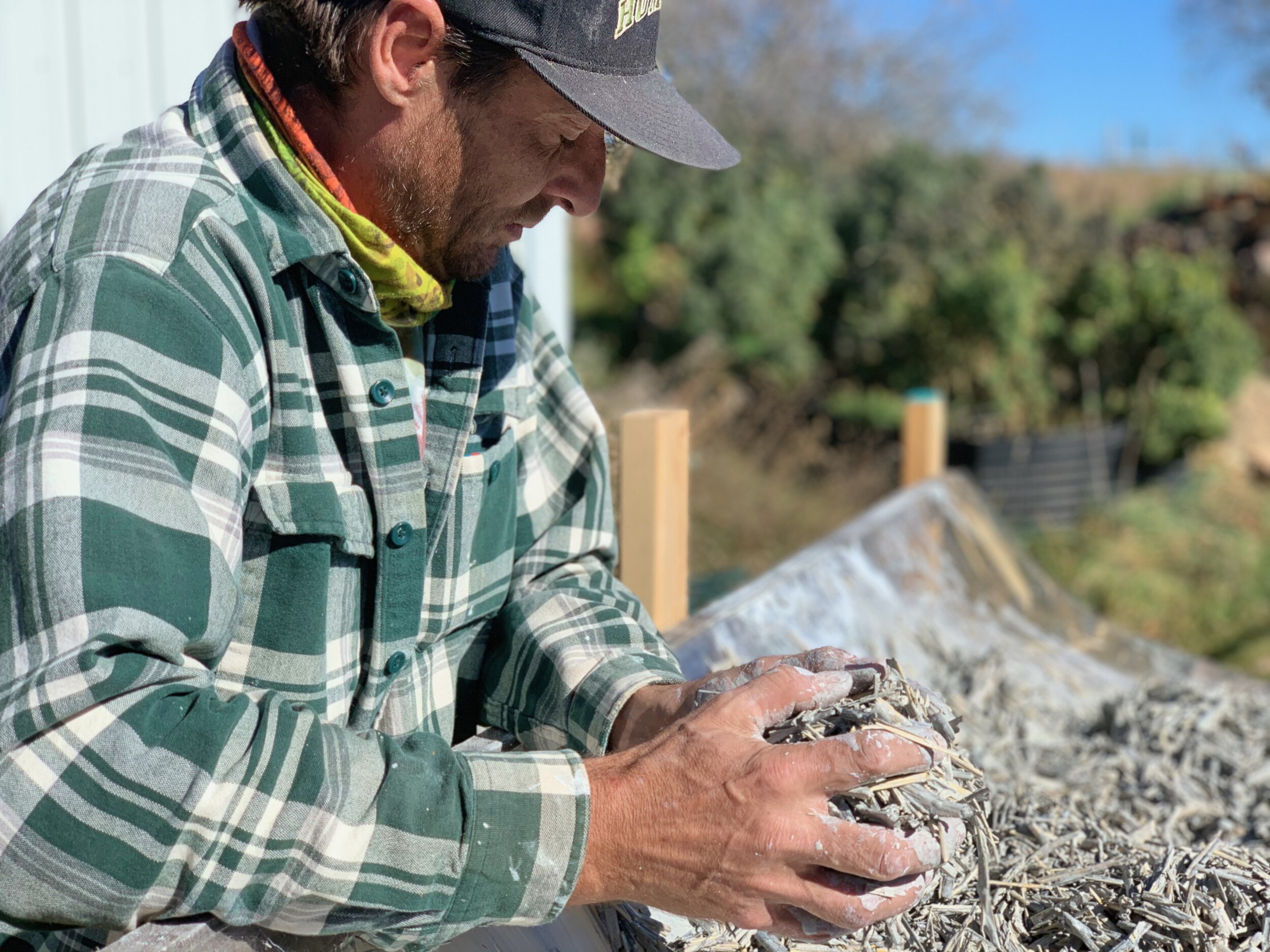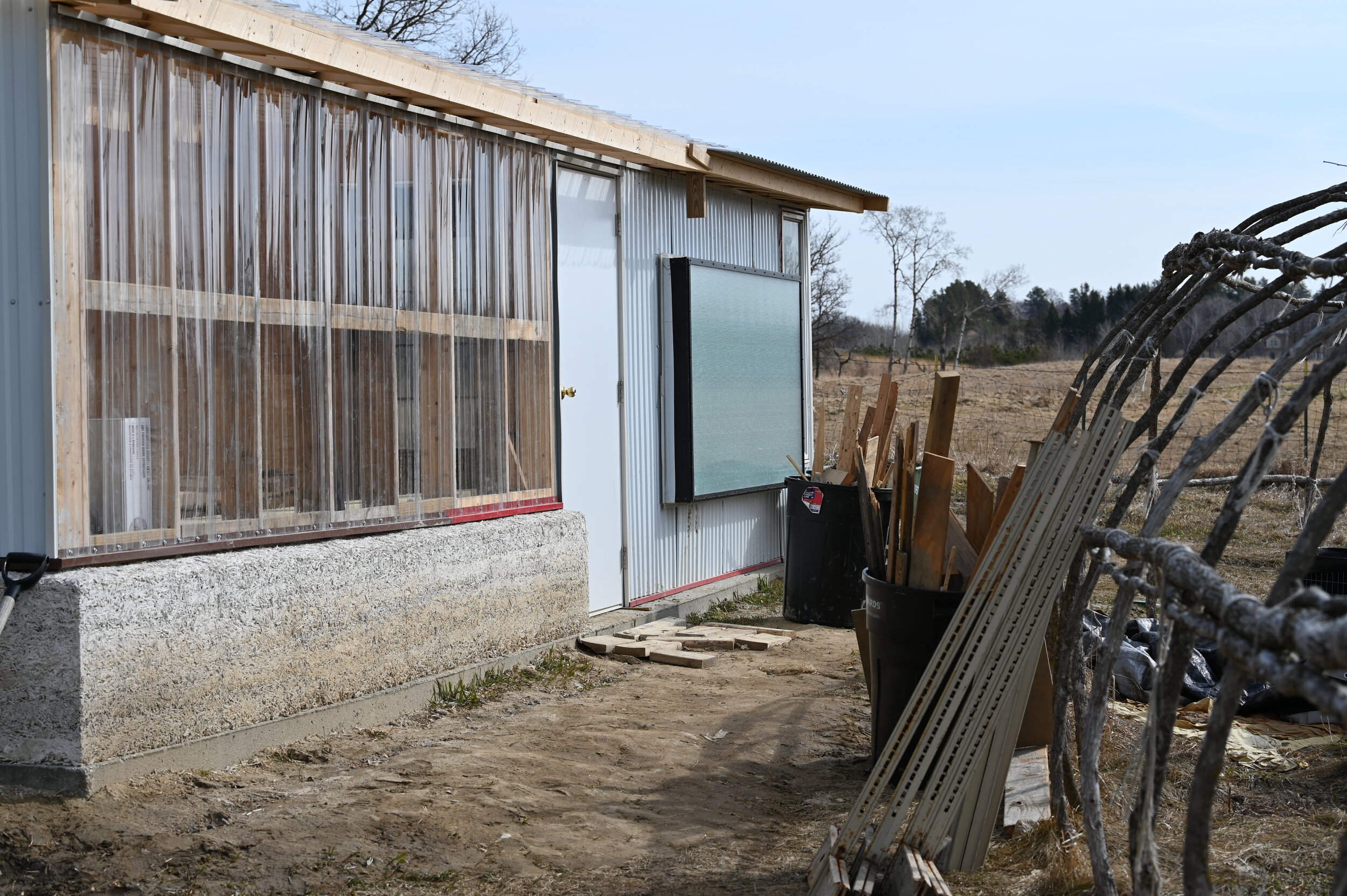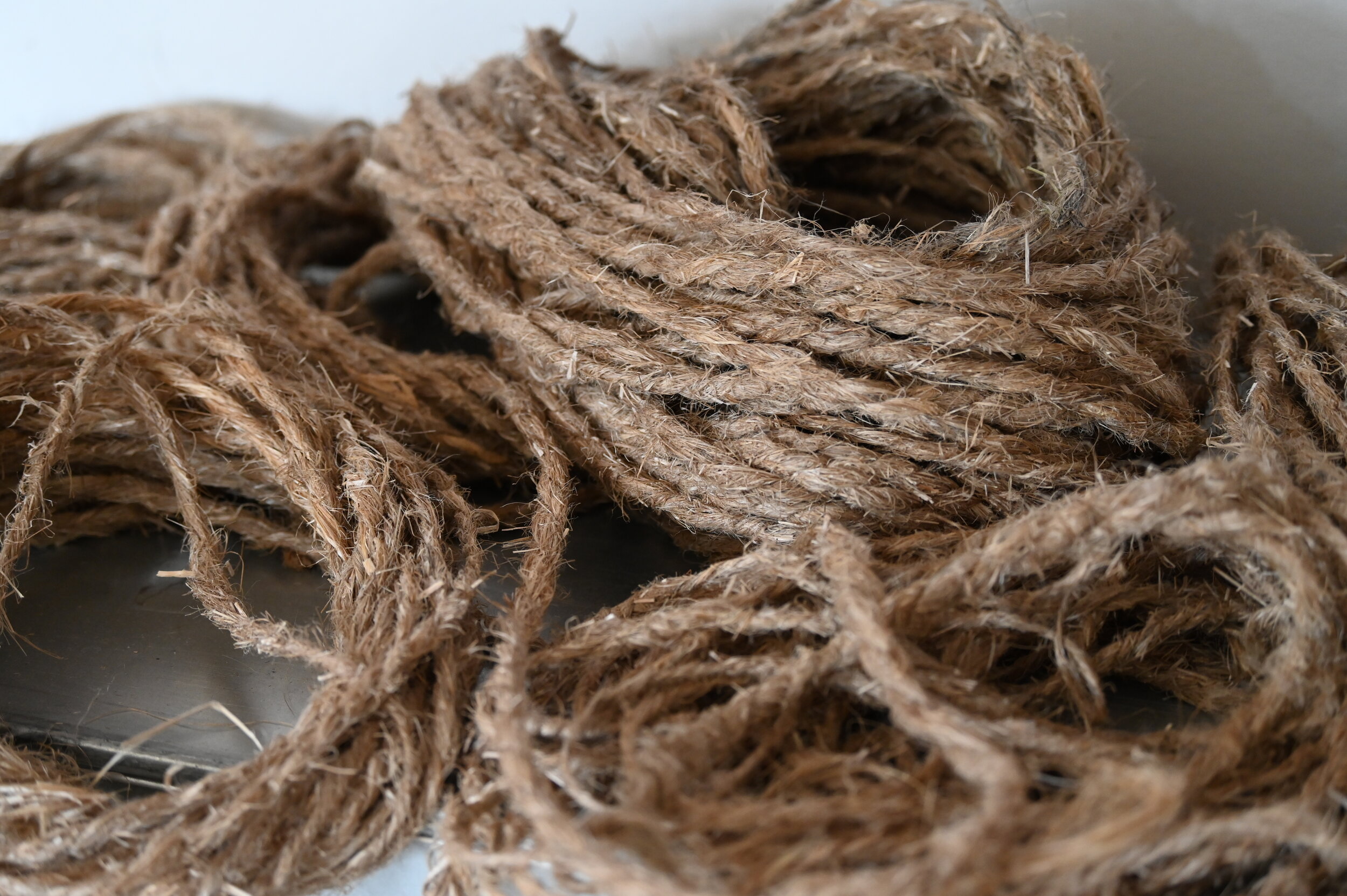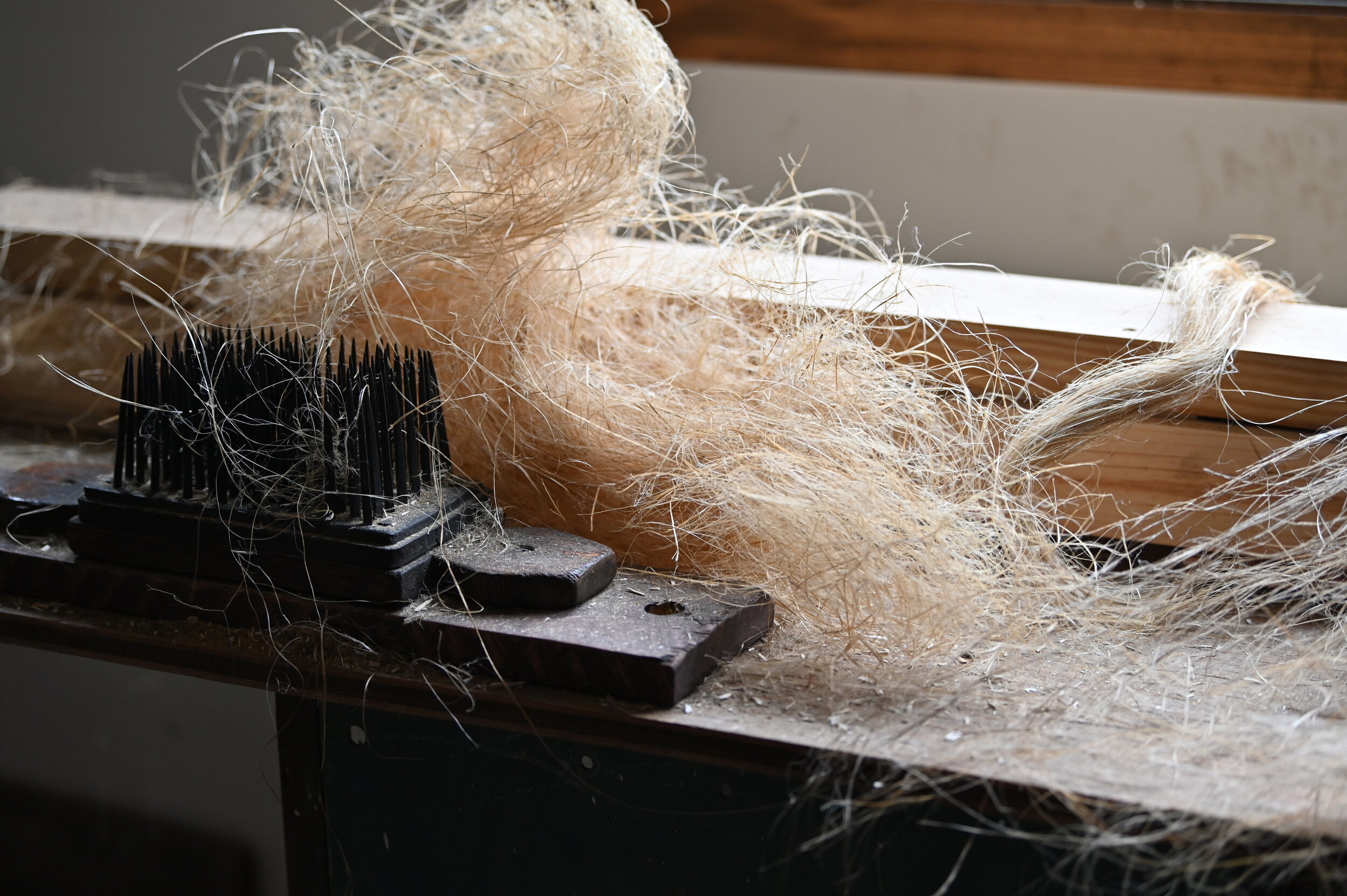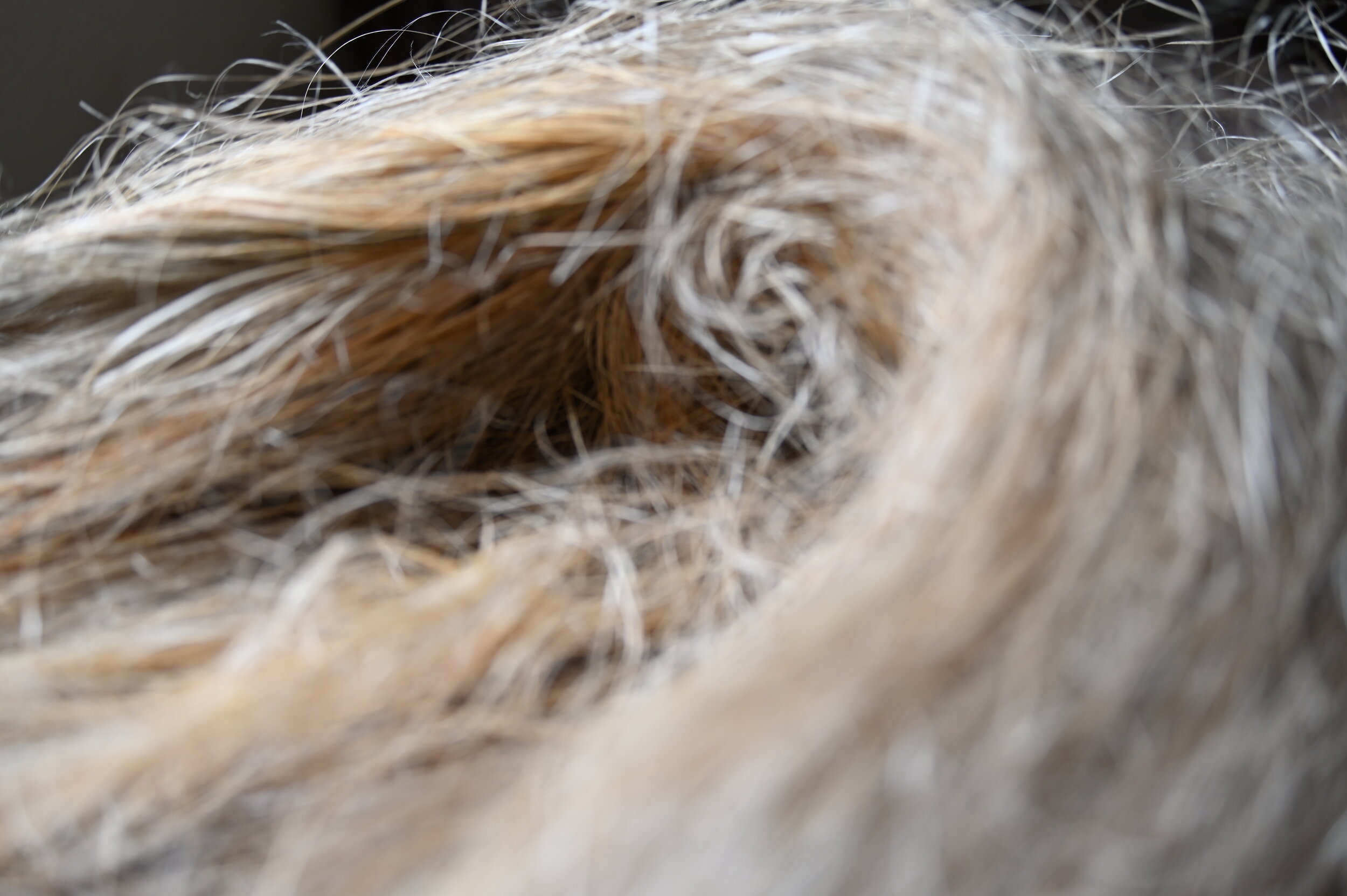More than 20 years ago, Alex White Plume, a leader of the Oglala Lakota, planted his first hemp crop on Wounded Knee Creek, on the Pine Ridge reservation in South Dakota. I call White Plume “the Hemperer.” He’s considered to be one of the grandfathers of the cannabis economy for Native people. Like John Trudell, the great Dakota philosopher and musician, White Plume always said, “Hemp is the way.”
But in 2000, Drug Enforcement Administration agents raided the reservation and seized White Plume’s crop. In fact, there were several raids on his crop between 2000 and 2002. Two years later, he was ordered to stop growing. In 2016, the federal ban was lifted and in 2017, White Plume partnered with Evo Hemp to make hemp supplements. He’s just beginning again.
Not surprisingly, White Plume feels a bit resentful of the profits being made in what’s now become a largely White-dominated industry, while his tribe had to sit on the sidelines.
But the potential for Native people to benefit economically in the hemp industry still exists.
Now White Plume is involved in processing hemp and plans to make a vertically integrated Lakota industry. He envisions a sustainable industry that will create high-paying jobs and bring in a steady stream of income for Lakota tribes.
“This is going to be all Lakota hemp, grown on Lakota [land], produced by Lakota, and we’re going to market it by Lakota,” White Plume says.
The hemp world is changing.
With 10,000 uses, hemp is one of the most versatile plants to grow—and in many ways can be a catalyst for change for Native peoples. We see a New Green Revolution in Indian Country, tied to justice, economics, restoration ecology, and a return-to-the-land movement, and it’s growing.
Just last year, the Fort Berthold Reservation, Colorado River tribes, Iowa Tribe (Kansas and Nebraska), Yurok, Sisseton and Santee Dakotas, to name a few, all got their hemp plans approved by the USDA, but more than that, tribal growers and thinkers are considering hemp as part of the future for Indian Country. And young leaders such as Muriel Young Bear, a Meskwaki woman from Iowa, and Marcus Grignon—a Menominee and project director at Hempstead Project HEART, a John Trudell initiative—represent a new wave of commitment.
Hemp Is the Way
With all but six states having either legalized, decriminalized, or medicalized marijuana, we’re experiencing a renaissance moment of cannabis, including hemp—its non-psychoactive relative. And it’s about time. In the next economy, hemp will be foundational to the just transition, or the New Green Revolution.
Let me explain.
In the 20th century, Norman Borlaug, called the Father of the Green Revolution, gave us advanced agricultural technology, including genetically modified plants. It’s been said among Native tribes that the United States had a choice between a carbohydrate economy and a hydrocarbon economy—an economy that depends on petroleum, coal, and natural gas. As I’ve written before, our current health, economic, and climate crises have proven we made the wrong choice.
The carbohydrate economy is one based on plants. Hemp grows easily; it is resilient and doesn’t require huge amounts of chemicals or water, although there are specific soil requirements for it to grow. It can be foundational to such an economy.
For the past five years, I’ve been a hemp farmer, with permits from the state of Minnesota. My business is called Winona’s Hemp, and our research partner is Anishinaabe Agriculture. In 2020, we grew 20 acres of fiber hemp, and are working with that hemp to create a local economy. We send off our high-quality, field-retted hemp to processors to make cloth for canvas textiles. Our plan is to restore a hemp economy without a lot of chemicals and fossil fuels. The traditional history of hemp is without fossil fuels. We’d like to do as much to restore that practice as possible—focused on appropriate technology, equity, and innovation.
Our focus has been in fiber varieties, with an interest in reducing any fossil fuel use in production and in processing. We’ve sourced varieties from Canada and Europe, with the help of Patagonia and our friends at the Lift Economy. We grew those seeds in fields on and around the White Earth Reservation. We did our best to plant with organic fertilizers, using fish emulsion and horse manure to build our soils. We learned from our experience and by talking to as many folks as possible.
That said, we have a lot of experience here in small field crops, horse cultivation, and traditional varieties. We grew in small plots, hand seeded, and in a larger 20-acre plot, mechanically harvested with 40-year-old equipment.
We also put in a field with horses because some of our partnerships here involve not only our horse-drawn agriculture, but also those of our Amish neighbors. We’ve come to collaborate, as we have similar interests in terms of technology and geography.
We provided seeds to tribes throughout the region, all interested in the same questions: How do you grow it? And, what can you do with it?
What we found is that the plant will teach you: Don’t be in a rush. We are re-creating an industry from the seed to the product—whether smokable or for manufacturing. Some tribes are looking at materials processing—car parts, bags, etc.—others are looking at hempcrete, an improvement on concrete because of its sustainability and the fact that it is a carbon sink.
There’s a lot of room in the New Green Revolution. After all, if you are going to change the materials economy—well, the whole economy—you will need a lot of producers and also some folks in manufacturing.
That’s the goal. Indeed, if hemp’s potential is realized, we can transform the materials economy, and that’s revolutionary. That’s our work now, to investigate, vet, and find technologies and economic models that can be replicated.
And though tribes have been reluctant to get into the hemp and cannabis industry, particularly under the Trump era, there’s a growing interest among Native people in this new Green Revolution.
The Wisconsin-based Oneida tribe, strategically situated near Green Bay, Wisconsin, points to a growing market for hempcrete, and hemp hurd, which can be used for insulation.
The Sisseton Tribe, based in present-day South and North Dakota, has been growing hemp for two years in collaboration with researchers from the University of Minnesota. They’re looking at fiber hemp for a composite bag facility—like shopping bags. The tribe has an industrial facility on the reservation, and also rail access.
Diné textile artists are exploring hemp fiber with their Churro sheep wool to make a new specialty textile. The Oatman family from the Nez Perce reservation launched a magazine, Tribal Hemp and Cannabis, focused on tribal hemp and cannabis.
The Tudinu, or Desert People in Las Vegas, have a little “colony” downtown, a mile from the Strip. In l970, they were federally recognized as the Las Vegas Paiutes, and in 2017, opened the NuWu Cannabis Marketplace. That’s a big deal, as the tribe runs the only cannabis lounge in downtown Las Vegas. They may not have much land, but they have a big dispensary.
Tribes are in a unique position. Tribal sovereignty provides their governments leeway in the development of cannabis policies and will be a stabilizing force in turbulent times. Today, confusing regulations and lucrative growth in the cannabis industry set a complex scene, but tribal nations are in a position to continue a course they set.
Tribes have the potential to revolutionize the industry. We have the land—we just need a bit of time, technology, and finances. This is an opportunity for justice—social and ecological—in this post-petroleum economic transition. And we are ready to go.

